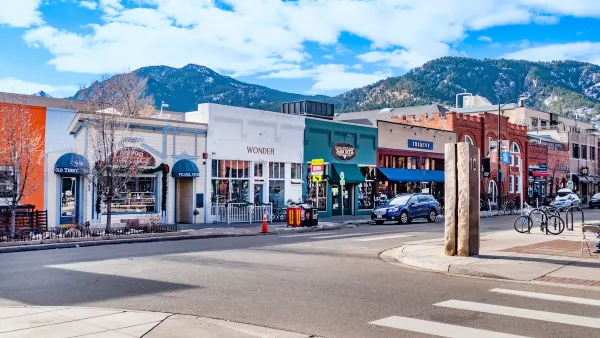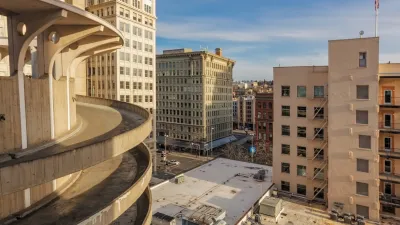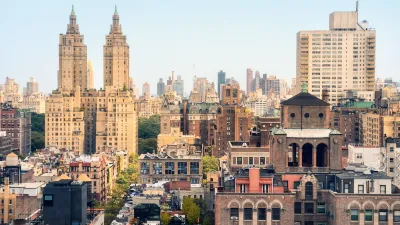Housing advocates praise the city’s move to eliminate single-family zoning by legalizing triplexes on single-family lots, but that isn’t why housing construction is growing.

Christian Britschgi, writing in Reason, claims that the construction boom in Minneapolis is unrelated to the city's decision to remove single-family zoning. “Housing production is up, and rents do indeed appear to be falling. But the effects of Minneapolis' particular means of eliminating single-family-only zoning, and allowing up to triplexes on residential land citywide, have been exceedingly modest.”
Britschgi writes that “from January 2020 through March 2022, Minneapolis approved 62 duplexes and 17 triplexes, according to data collected by the city's Department of Community Planning and Economic Development (CPED). Exactly half of the duplexes and 14 of the triplexes were built on lots that were once zoned for exclusively single-family development.”
“But these two- and three-unit developments still represent a tiny fraction of the roughly 9,000 housing units the city permitted during that same time period.” Emily Hamilton, a housing policy researcher at George Mason University's Mercatus Center, says other constraints prevent the widespread construction of duplexes and triplexes. “There are also restrictions on how large that lot has to be, how large that structure has to be, how much parking is required, and how far a structure has to be from its lot line.” Changes to these policies, says Britschgi, have a more significant impact on new housing production. “[Jason Wittenberg, a planner with CPED] credits the city's elimination of parking minimums—which had typically required one parking spot per housing unit—with facilitating increased construction of smaller apartment buildings.”
Like Minneapolis, cities around the country are moving to reduce or eliminate minimum parking requirements to encourage denser transit-oriented development and bring down the cost of housing production.
FULL STORY: Eliminating Single-Family Zoning Isn't the Reason Minneapolis Is a YIMBY Success Story

Maui's Vacation Rental Debate Turns Ugly
Verbal attacks, misinformation campaigns and fistfights plague a high-stakes debate to convert thousands of vacation rentals into long-term housing.

Planetizen Federal Action Tracker
A weekly monitor of how Trump’s orders and actions are impacting planners and planning in America.

In Urban Planning, AI Prompting Could be the New Design Thinking
Creativity has long been key to great urban design. What if we see AI as our new creative partner?

King County Supportive Housing Program Offers Hope for Unhoused Residents
The county is taking a ‘Housing First’ approach that prioritizes getting people into housing, then offering wraparound supportive services.

Researchers Use AI to Get Clearer Picture of US Housing
Analysts are using artificial intelligence to supercharge their research by allowing them to comb through data faster. Though these AI tools can be error prone, they save time and housing researchers are optimistic about the future.

Making Shared Micromobility More Inclusive
Cities and shared mobility system operators can do more to include people with disabilities in planning and operations, per a new report.
Urban Design for Planners 1: Software Tools
This six-course series explores essential urban design concepts using open source software and equips planners with the tools they need to participate fully in the urban design process.
Planning for Universal Design
Learn the tools for implementing Universal Design in planning regulations.
planning NEXT
Appalachian Highlands Housing Partners
Mpact (founded as Rail~Volution)
City of Camden Redevelopment Agency
City of Astoria
City of Portland
City of Laramie





























